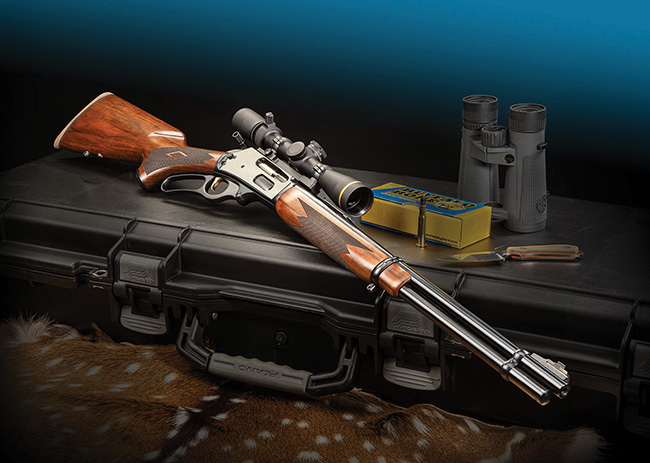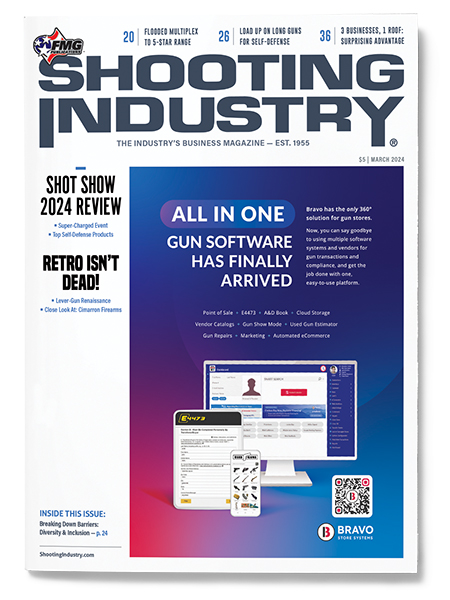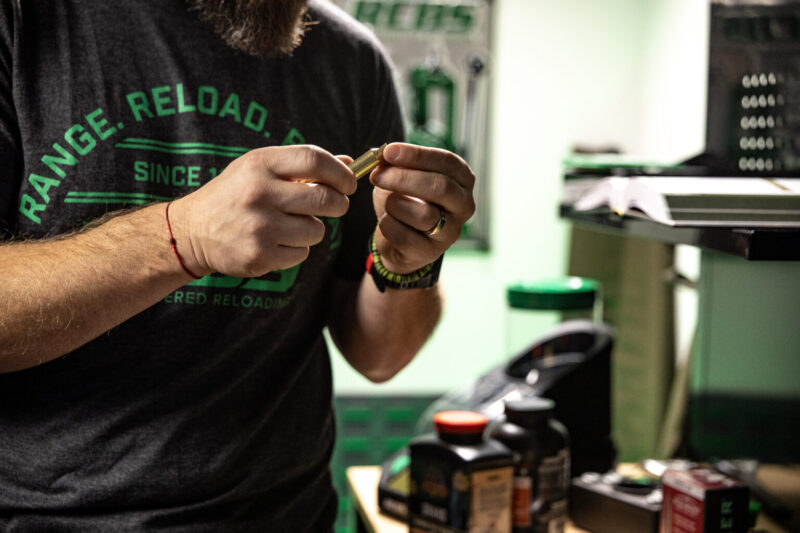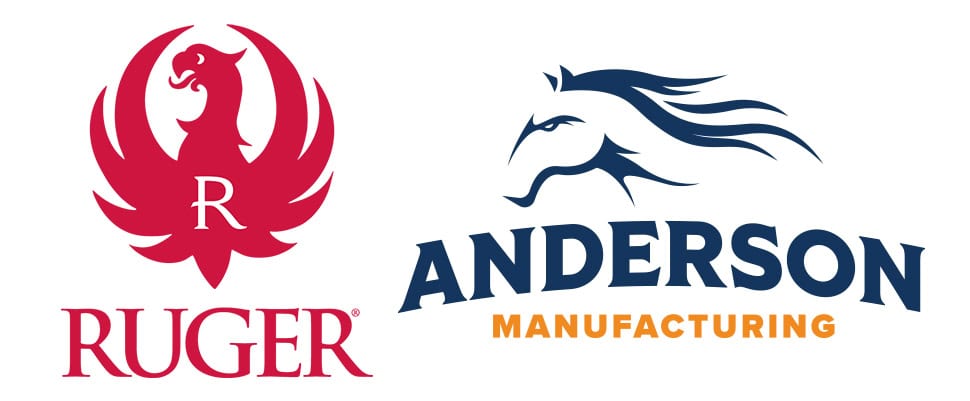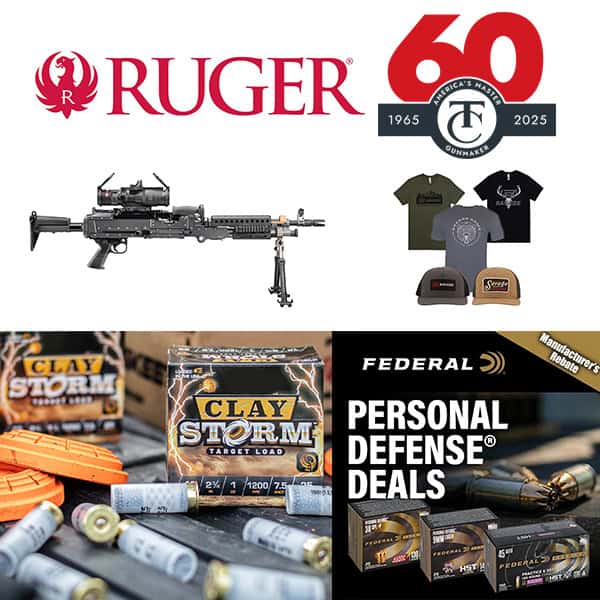Lever-Action Rifle Renaissance
New Markets Emerging For
Traditional American Firearms
Though recently relegated to the nostalgia bin, lever-action rifles are generating fresh enthusiasm for old, time-tested technology.
Gunmakers are investing heavily to update designs, metallurgy, hardware and chamberings in rifle designs that seem to have vanished from the American hunting and shooting environment.
Smith & Wesson, for example, recently entered the lever-gun market by introducing an updated version of the 1854 rifle. Its only commonality with the original is its oversized lever ring. S&W chambered the new 1854 in .44 Rem. Magnum, a cartridge introduced in 1956. The standard version has a black synthetic stock and bead-finished stainless steel. It also has slots for attaching a bipod, tripod or shooting sticks.
Atop the 1854’s receiver is a Picatinny rail for mounting a telescopic sight or an electronic sight. The crown is threaded for a suppressor.
Of course, the 1854 is a modern firearm disguised as a relic. Smith & Wesson rides it into a surprisingly crowded arena that includes Henry Repeating Arms, Ruger/Marlin, and even some strong foreign makers.
Pop Culture’s Impact
Anthony Imperato, founder and CEO of Henry Repeating Arms, said lever guns are enjoying a renaissance because a large segment of the American shooting culture retains a romantic connection with the old American West, especially with the firearms defining that period.
“We’ve promoted the fact the lever action is truly an American design,” Imperato said. “Today, someone could argue the AR-15 is currently ‘America’s Rifle,’ but let us not forget there are tens of decades where the lever action was the rifle of choice in America. It put many dinners on the supper table.
“With ‘Yellowstone’ and many movies — it just put wind in the sails of the lever action,” Imperato continued. “When you see Kevin Costner walking across the screen with a lever action, it carries some weight.”
Don’s Weaponry in Rose City, Ark., carries the largest selection of lever guns in central Arkansas, with something to appeal to every historical preference. Manager Lyn Forester acknowledged, ironically, Hollywood does indeed drive the renewed interest in lever-action rifles. As much as pop culture campaigns against guns and gun violence, guns are virtually synonymous with American cinema, and gun enthusiasts pay close attention to what actors use onscreen.
“It goes all the way back to the ‘Silverado’ movie in 1985,” Forester reasoned. “They were making fewer and fewer Westerns. People were concentrating on police dramas and action movies. ‘Silverado’ actually started a little resurgence. The early ’90s saw ‘Dances With Wolves’, ‘Tombstone,’ and ‘Wyatt Earp.’ Some of the recent ones, like ‘Hostiles’ with Christian Bale. A lot of moviegoers are young people. You will see a lot of those things rejuvenate as long as Hollywood is exposing young people to it.”
Henry: A Mainstay In The Market
Henry, the major player in the lever-action market for the past 20 years, almost singlehandedly kept the lever gun relevant when it entered a gasping marketplace in the 1990s.
“When I started Henry in 1996 — our first guns shipped 1997 — it was a point I would say the lever action was really beginning to fade away,” Imperato noted. “Winchester, at that point, was diminished. Marlin was significant in the space at the time, but it certainly smelled like it was going to be a firearm of the past.”
Imperato introduced a lever-action, .22-caliber rimfire, an everyman’s gun. Shooters bought a lot of them. Bigger bore models followed.
“That entry is what got us started on this very nice ride to where we eventually hit a position where we were 95% of the lever-action market over the past 25 or 26 years,” Imperato stated. “We believe we not only saved the lever-action segment of the firearms industry, but we surpassed in volume what it had been.”
When American hunters outgrew the tired old .30-30, Henry helped keep the lever gun relevant by chambering affordable models for modern cartridges like .308 Win., .243 Win., 6.5 Creedmoor and .223 Remington/5.56 NATO.
Henry recently introduced its Long Ranger model in .300 Blackout. It has much of the same hardware as the S&W 1854.
Forester believes Henry struck a chord among shooters with the .300 Blackout by offering a fully suppressed .30-caliber rifle.
“If you’ve got a .308 and it’s suppressed, it’s still going to be somewhat loud because it’s supersonic,” Forester said. “The .300 Blackout gives them a subsonic round choice that’s truly suppressed.”
In addition to Henry’s rifles for bottleneck cartridges, Henry and Marlin also make a suite of lever guns chambered for straight wall pistol cartridges — .357 Magnum, .44 Magnum and .45 Colt.
Marlin’s Bold Return
Marlin, the “Pale Rider” of the lever gun community, is back in the game after spending a few seasons on injured reserve. It was a neglected — some might say abused — brand Ruger obtained from the wreckage of Remington’s bankruptcy.
Chris Killoy, president and CEO of Ruger, maintains that a robust market demands a bold Marlin presence. The gun designs were already in place, as were the tools and the talent to make them, he confirmed. The brand merely needed Ruger’s commitment to revitalize it.
“The lever-action market has always been solid and stable,” Killoy said. “Take Marlin out of there and it makes a big difference. The Marlin brand was strong. When we brought Marlin out of bankruptcy, we got 100 tractor-trailer loads of goods and materials. We didn’t have to start from scratch.”
Indeed, Ruger further benefited by having key former Marlin employees on board. Chief Engineer Bruce Rozum joined Ruger from Marlin shortly after it was acquired by Remington in late 2007, while long-time Marlin Product Manager Eric Lundgren transferred to Ruger following Ruger’s acquisition of Marlin.
“Ruger was very fortunate to have Bruce’s design expertise on Marlin,” Lundgren said, “especially because our approach to the design review was to refer to the North Haven design intent.”
Marlin has reintroduced its most popular models, the 336 Classic (featured on the cover of the March 2024 issue of GUNS Magazine, SI’s sister publication), the Model 1895 and the Model 1894. The 336 is chambered for the enduring .30-30. The 1895 is chambered in .45-70 Government. The Model 1894 is chambered for .357 Magnum and .44 Magnum.
Marlin’s Dark Series, a truly modern tactical platform, is an audacious bid to claim the tactical share of an evolving and expanding lever-gun market.
“The Dark Series opened up a new market I don’t know we were aware existed,” Lundgren said. “Ruger’s Dark gun is exactly the gun new consumers of lever guns are looking for.”
The Dark’s furniture is made of black polymer. The metal is black matte, including an anodized aluminum handguard under the barrel with slots for mounting accessories. The polymer buttstock also has accessory slots.
A factory muzzle brake threaded onto a stubby barrel can be quickly replaced with a suppressor.
An optic front sight and a tritium ring allow for low-light target acquisition, but you can also mount an optic on a factory rail.
Marlin is currently shipping seven models, including the Model 1895 Dark. Marlin’s website indicates Dark versions of the 336 and 1894 will be available in 2024.
The Longest-Running American Cartridge
Is … ?
Despite modern flourishes, there is still a demand for replicas of famous rifles from the 1800s. These are works of art in terms of metal finish, walnut grade, brass trim and tight wood-to-metal finish. Even they, however, are built to withstand modern chamber pressures of the .357 Remington Magnum and modern .45 Colt loads.
Ironically, these guns are mostly made in Italy by Uberti — which also makes excellent and faithful Colt Single Action Army reproductions. They adhere faithfully to original designs, but their metallurgy and hardware are designed to withstand the pressure of smokeless powder loads. An 1873 Winchester reproduction in .45 Colt is a perfect addition to any collection.
“The longest-running American cartridge is the .45 Colt,” confirmed Forester of Don’s Weaponry. “As of this year, you’re looking at about 152 years of continual production of that cartridge.”
The difference is modern loadings are truly high-performance, as are the rifles shooting them.

